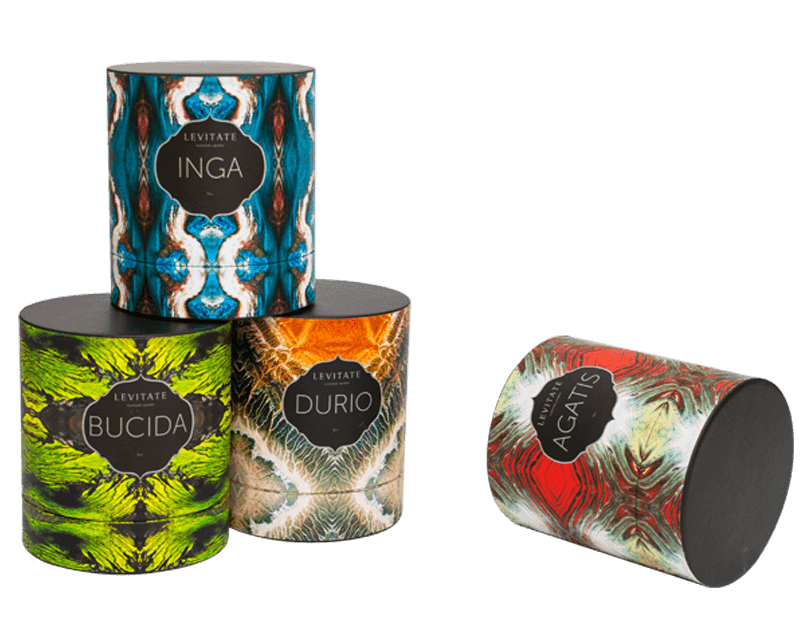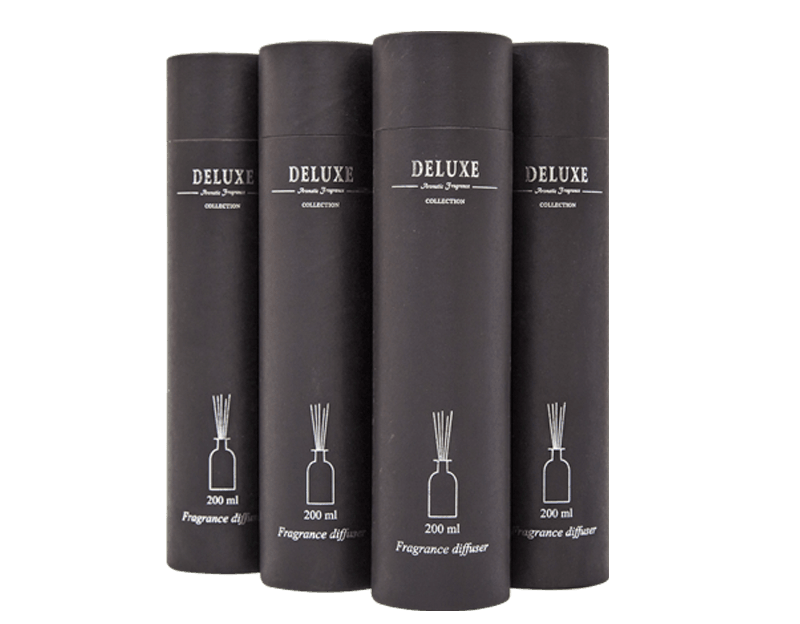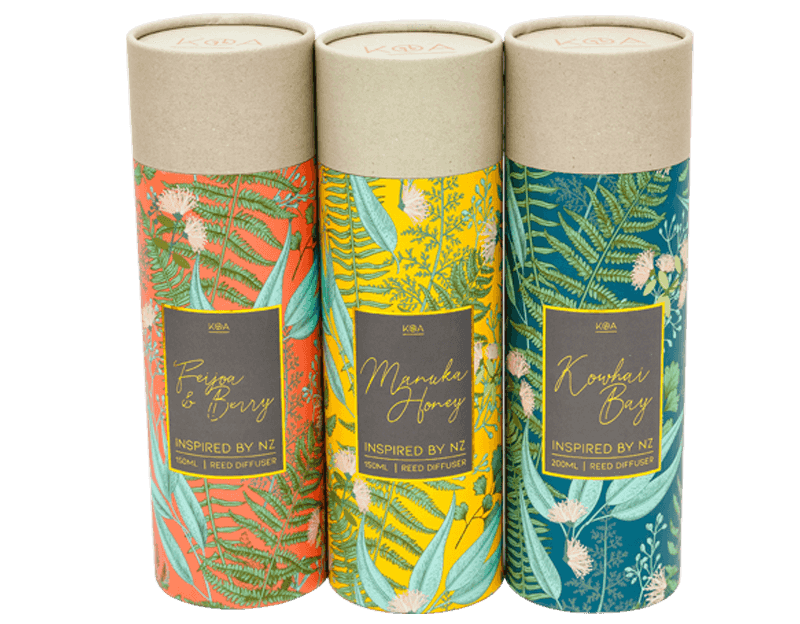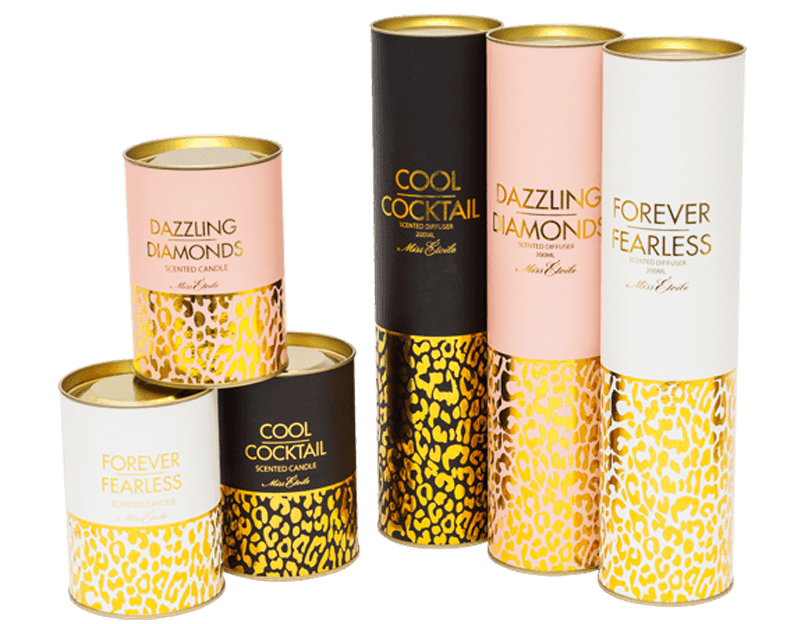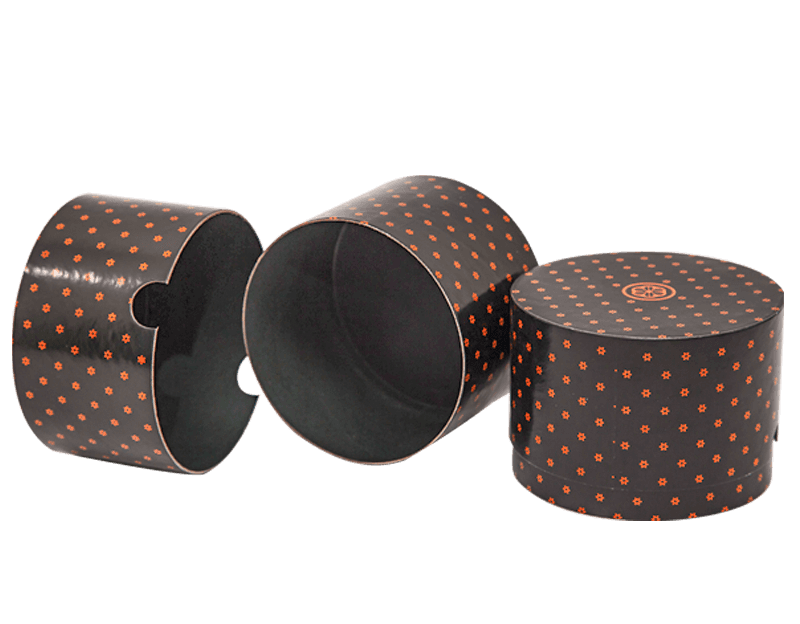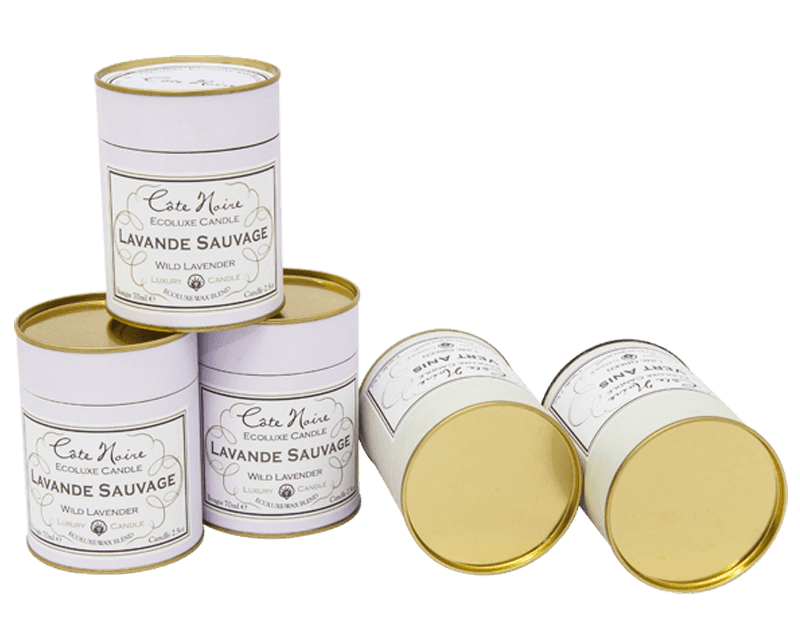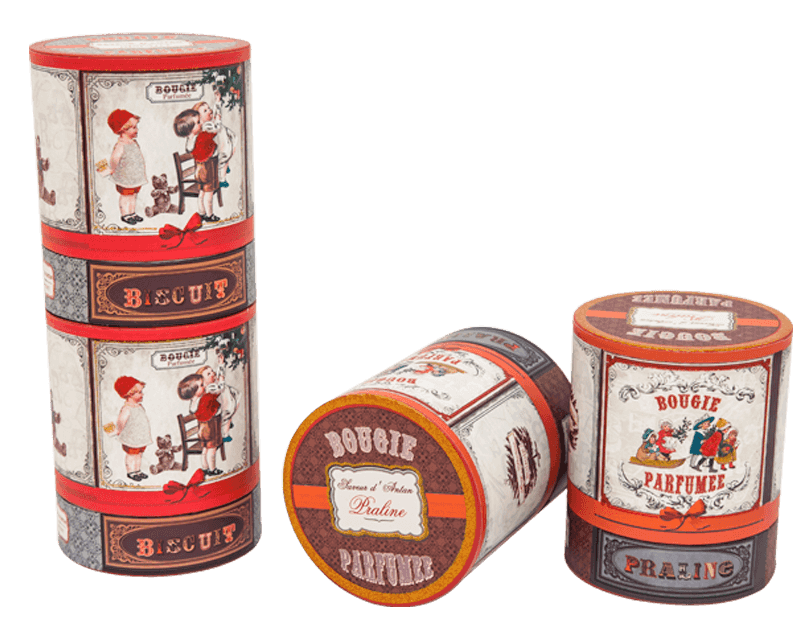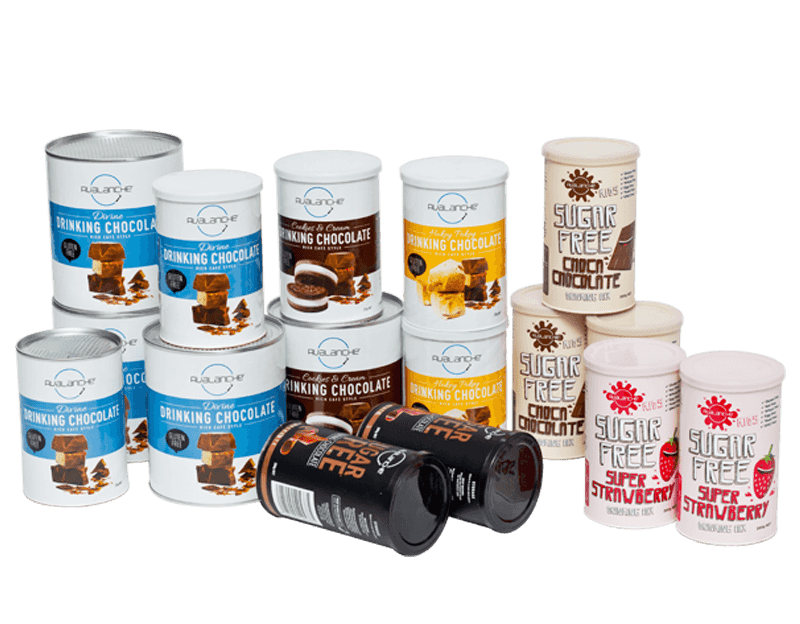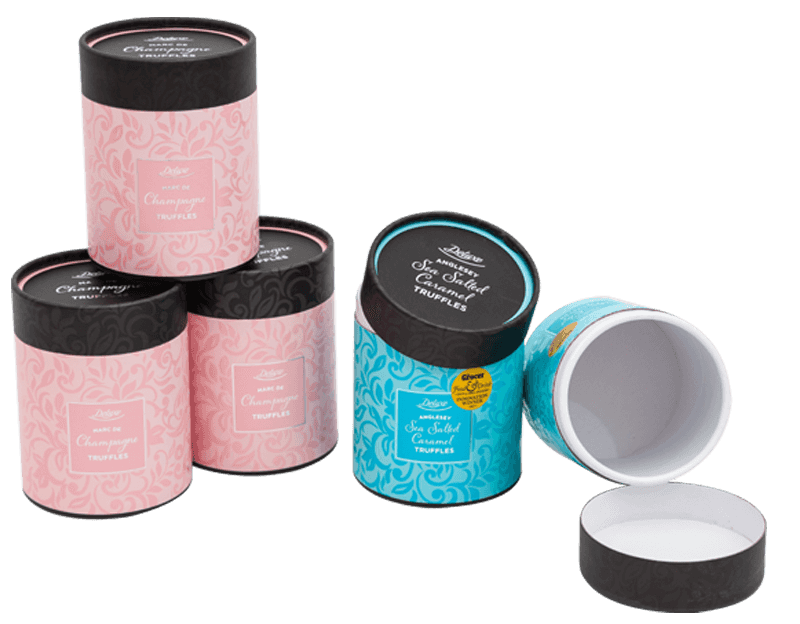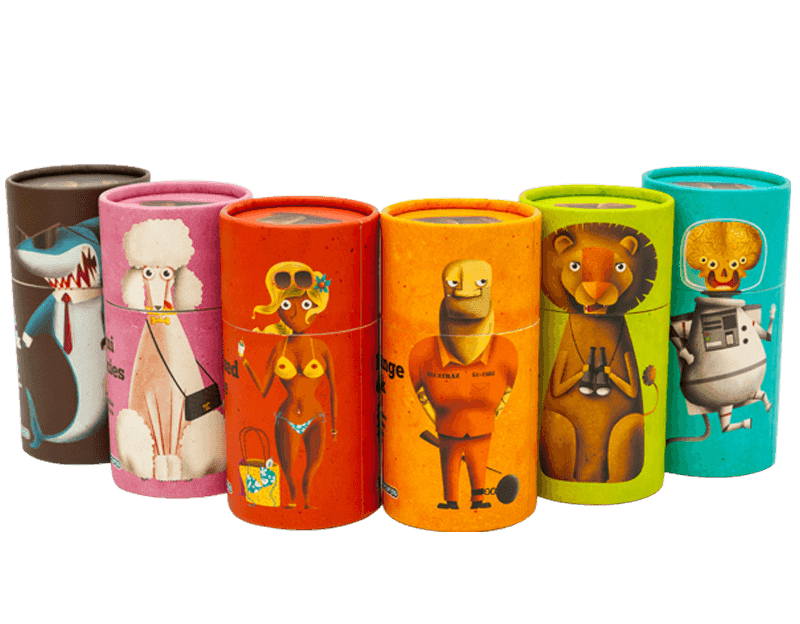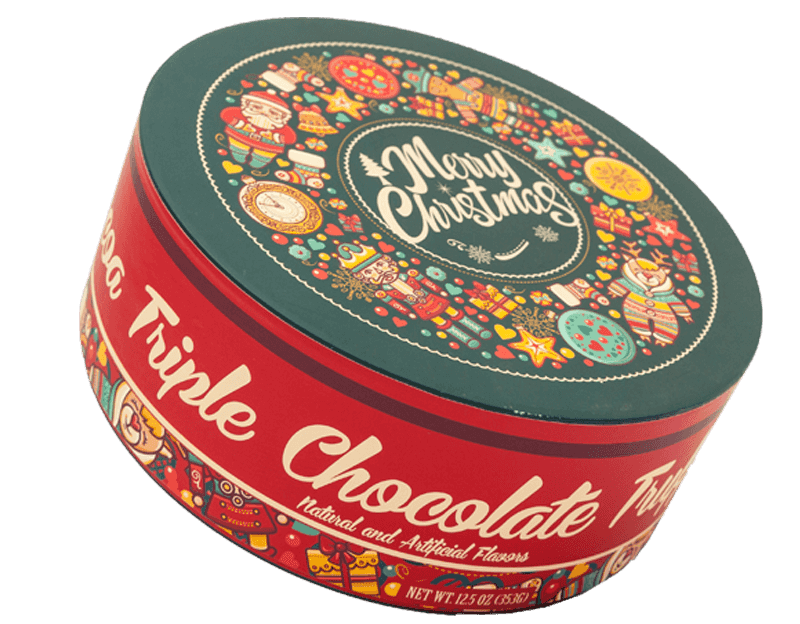As one of the top China cardboard tube packaging manufacturers and paper tube packaging suppliers, we devote all of our efforts to research and launch more high quality packaging products to global market.
The completion of the finished paper cans requires a series of processes, including die-cutting and creasing, laminating, glazing, embossing process, UV process, and hot stamping process. That is, cut out the pattern after the customer is satisfied with the design, and then use a transparent, high-gloss plastic film for coating or polishing, which is used to protect the color of the paper can from falling off.
The glazing is to make the outer packaging of the paper cans more glossy, and to protect the printed content, and it can also beautify the recycled paper. If you want to achieve a relief effect, you can use a convex process to transfer the pattern to the surface of the material and make the display effect more three-dimensional.
6 common paper can label processes:
1. Embossing. The embossing process is a process that uses a concave-convex mold to produce plastic deformation of the printed matter under a certain pressure, thereby performing artistic processing on the surface of the printed matter. The surface of the embossed printed matter presents patterns and textures of different depths, with obvious relief three-dimensional feeling, which enhances the artistic appeal of the printed matter.
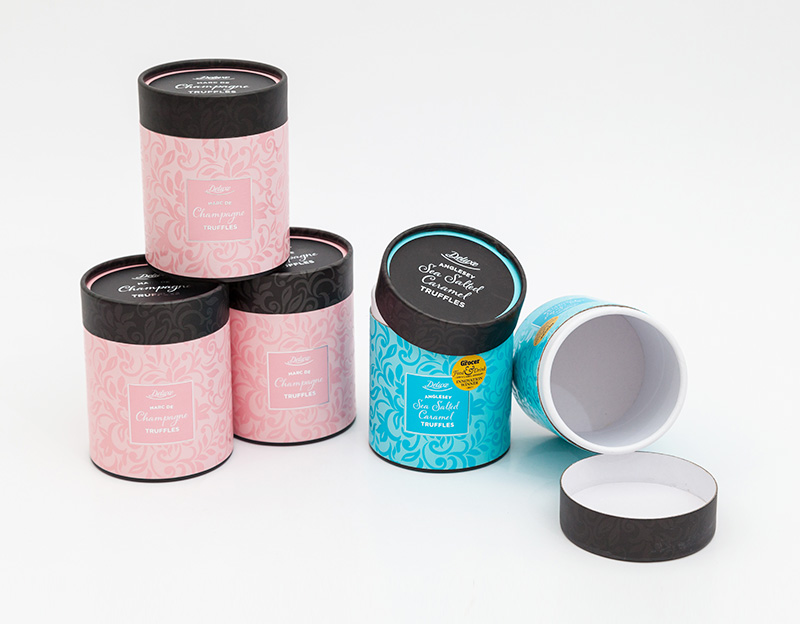
2. Hot stamping.The hot stamping process refers to the transfer of patterns or text to the surface of the stamped label by heating and pressing aluminum foil of various colors, which has a unique metallic luster and strong visual contrast. Hot stamping on the label can play a role in beautifying the product highlighting the design theme.
3. Laminating film. Laminating film can be divided into sub-filming and bright-coating. Sub-film is not as bright as bright film, but it is more graded. Laminating film can enhance the moisture-proof, sun-proof, abrasion-resistant, anti-fouling, water-resistant, Heat resistance and other properties.
4. UV.UV is a printing process that uses ultraviolet light to dry and cure inks. UV can increase the brightness and artistic effects of the product, and protect the surface of the product. It has high hardness, corrosion resistance, and scratches.
5. After oiling, apply (or spray or print) a layer of colorless transparent paint on the surface of the label, which will protect and increase the gloss of the printed matter after drying.
6. Concave-convex.The processing method of using the concave-convex plate to press the label out of embossed graphics and text, the effect is vivid and beautiful, and the three-dimensional feeling is strong.
 English
English Español
Español
